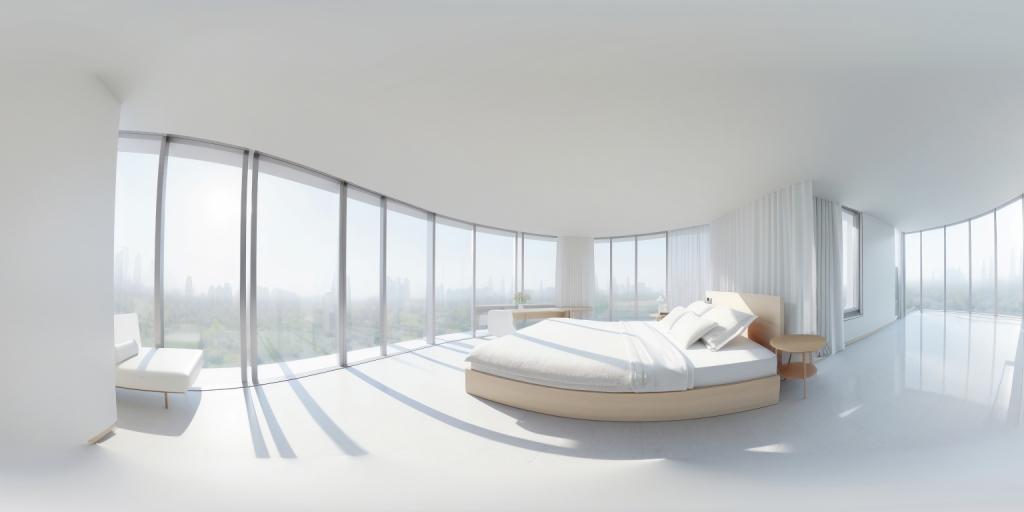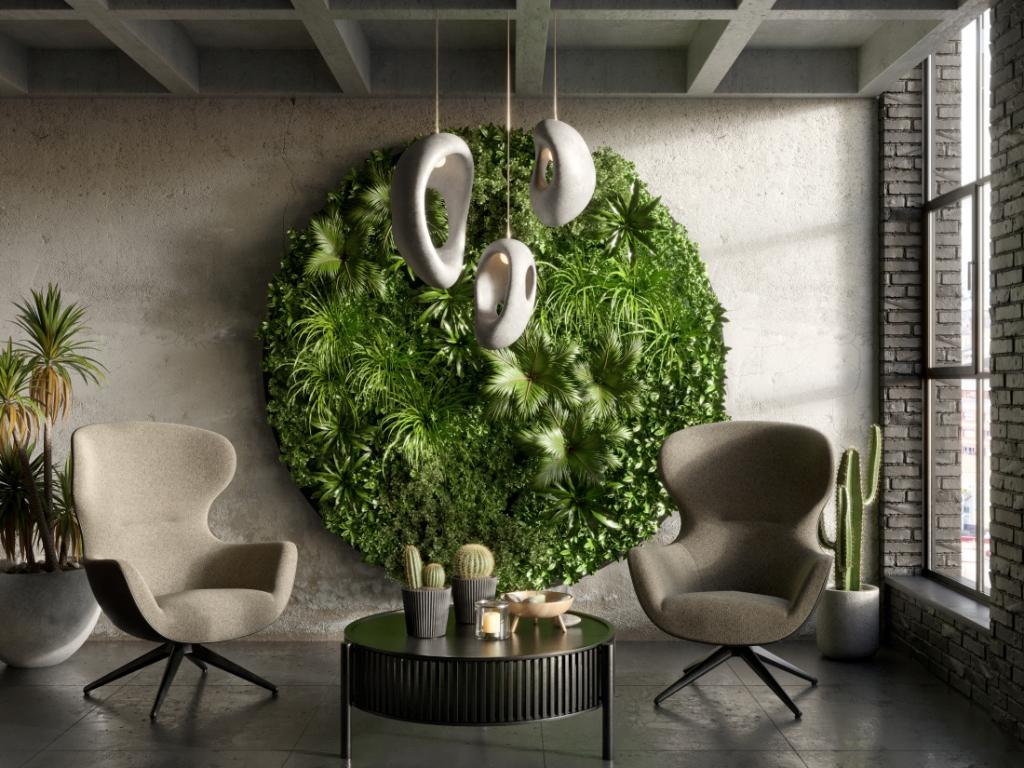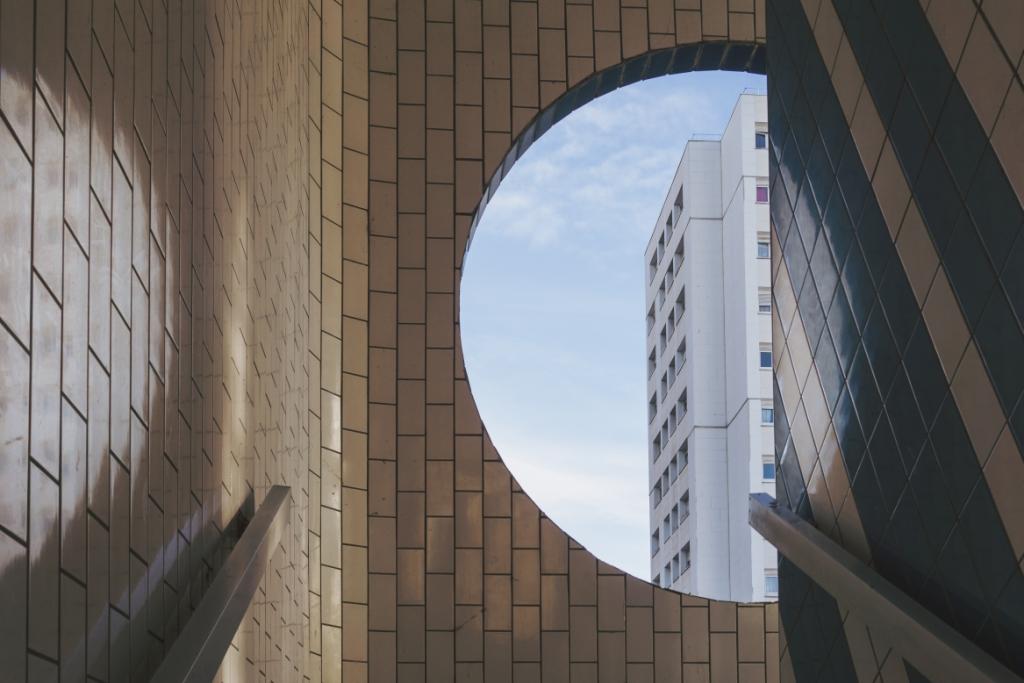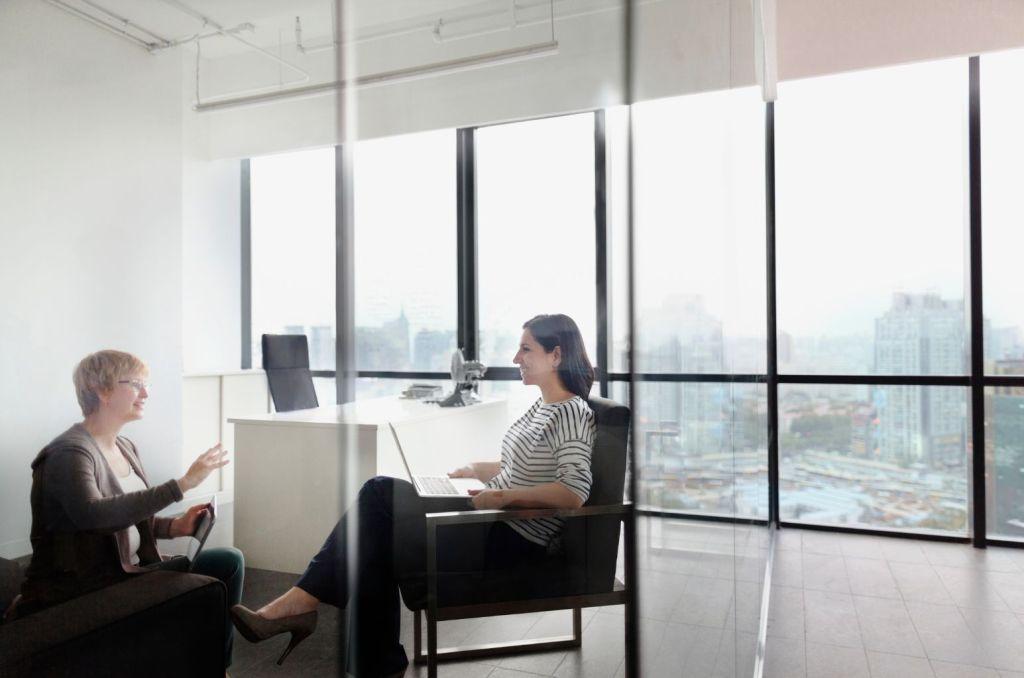In a world characterised by a constant barrage of information, stimuli, and clutter, the minimalist movement in architecture stands as a testament to the power of simplicity, functionality, and purpose. With its famous mantra, ‘less is more,’ minimalism has redefined modern design, leaving an indelible mark on the architectural landscape. In this article, Ar. Gagandeep Kapila, the Founder and Principal Architect of Workshop of Metropolitan Architecture (WMA) with a wealth of knowledge and expertise sheds light on the principles, aesthetics, and significance of minimalism in shaping the architectural landscape.
The Essence of Minimalism
Minimalism in architecture transcends mere design aesthetics; it embodies a philosophical appreciation for the grace of simplicity and the removal of superfluous elements. At its essence, minimalism endeavours to refine spaces to their fundamental constituents, enabling each element to articulate its significance independently. The outcome is an atmosphere imbued with lucidity, serenity, and deliberate intentionality.

Key Principles of Minimalism
Simplicity:
At the heart of minimalism is a dedication to simplicity. Clean lines, unadorned surfaces, and a focus on fundamental geometric forms are hallmarks of minimalist architecture. Within this design paradigm, each constituent element assumes a specific role, harmoniously amalgamating to engender a comprehensive sense of structure and coherence.
Functionality:
Minimalist design excels in functionality, placing a paramount focus on the usability of a space while efficiently discarding excessive ornamentation or embellishments. It adheres to the fundamental principle that form should naturally follow function, underscoring the importance of design decisions that predominantly cater to practical and utilitarian requirements.
Materiality:
Material selection plays a pivotal role in minimalism. Ar. Gagandeep Kapila explains, “Frequently utilised materials encompass concrete, steel, glass, and natural woods. These materials are typically showcased in their unprocessed state or with restrained finishes, accentuating their inherent characteristics and textures.”
Spatial Awareness:
Minimalism fosters an intense reverence for the concept of space in its entirety. As architects and designers, we meticulously contemplate spatial proportions, ensuring that negative space assumes a role of equal significance as positive space within the overarching composition.

The Enduring Appeal
The enduring appeal of minimalism in architecture lies in its ability to create spaces that are uncluttered, balanced, and harmonious. In a world often characterised by sensory overload, minimalism offers a respite—a chance to experience the fundamental qualities of a space without distraction. It embraces sustainability by favouring longevity over trends and consumption, emphasising quality over quantity, and celebrating the intrinsic beauty of materials and form.
Minimalism’s appeal also lies in its adaptability. It can be applied to various architectural styles, from residential homes to commercial spaces, museums, and cultural centres. Its principles continue to inspire architects and designers to seek simplicity, elegance, and functionality in their creations, transcending the constraints of time and trend.
“In essence, minimalism’s magnetism lies in its versatility. It is a design ethos that can be adeptly applied across diverse architectural genres, spanning from private residential dwellings to expansive commercial complexes, museums, and cultural hubs,” Ar. Gagandeep Kapila elaborates. “Its guiding principles serve as a perennial wellspring of inspiration for architects and designers, compelling us to pursue the virtues of simplicity, refinement, and utility in our creative endeavours, transcending the limitations of temporal fads and fashion,” She concludes.

Shared by: Ar. Gagandeep Kapila,
Workshop of Metropolitan Architecture (WMA)








